Process of Making Fabric in Pakistan for High-Quality, Long-Lasting Textiles
Have you ever touched a piece of cotton fabric and thought to yourself Where did it come from?
How does cotton that is made from raw fibers become soft and long-lasting? This process, in Pakistan, is not only about the equipment and the production line, but also about the transmission of knowledge, skill, and the meticulousness of detail, which together account for the transformation of simple fibers into high-quality fabrics. However, so many people consider fabric as just another product without acknowledging the long journey from the source for each meter. That is the reason why learning the process of making fabric in Pakistan is not only intriguing but also crucial for those who are in the textile field, like you, a business owner, a designer, or simply a person who admires good clothing quality.
The situation is such that fabric production is mostly simplified a lot. Some people visualize the process only as one step: cotton is brought in, fabric is taken out. But then again, the industry in Pakistan is dealing with the same problems, but to a lesser extent. It has to cope with the changes of raw material quality, the ecological impacts, and the need for modernization while preserving the tradition of the craft. Though these problems are there, they are not barriers to achieving the final product of the highest quality. Discovering the process of making fabric in Pakistan will clarify for you why local fabrics are sold at such a high price in foreign countries, why they are different when you feel them, and how the industry is still surviving despite the hurdles.
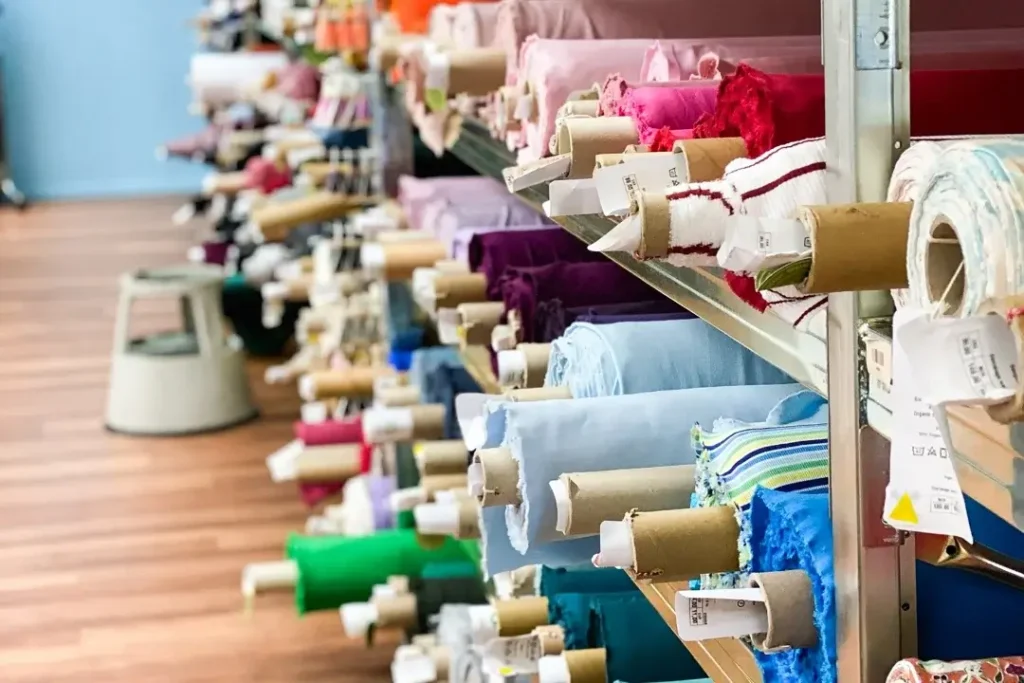
Starting at the Source: Raw Material Selection
The story is from the cotton fields of the Punjab and Sindh, where most of the cotton in Pakistan is produced. The way of fabric production in Pakistan is through the selection of appropriate cotton. Not all cotton is the same – length, strength, and purity of the fiber give the final fabric the qualities of being smooth, durable, and shiny. Pakistani mills skillfully select long staple cotton to make sure that the fabrics will be not only soft but also strong. The usage of wool, silk, and synthetic fiber is also there, but still, cotton is the first choice for the country’s textile industry.
Cleaning and Preparing the Cotton
Raw cotton is brought to the mills after it is picked, but it’s not going to be a fabric for now. The first thing to be done is cleaning. Dirt, seeds, and other small debris are removed in this process with the help of special machines. If this step is omitted, the spinning process will be inefficient and the fabric will have flaws. There are instances when fibers are blended with synthetic materials like polyester at this stage, depending upon the type of fabric to be produced. This meticulous preparation guarantees that the rest of the procedure will be effective and will certify the high quality of the product.

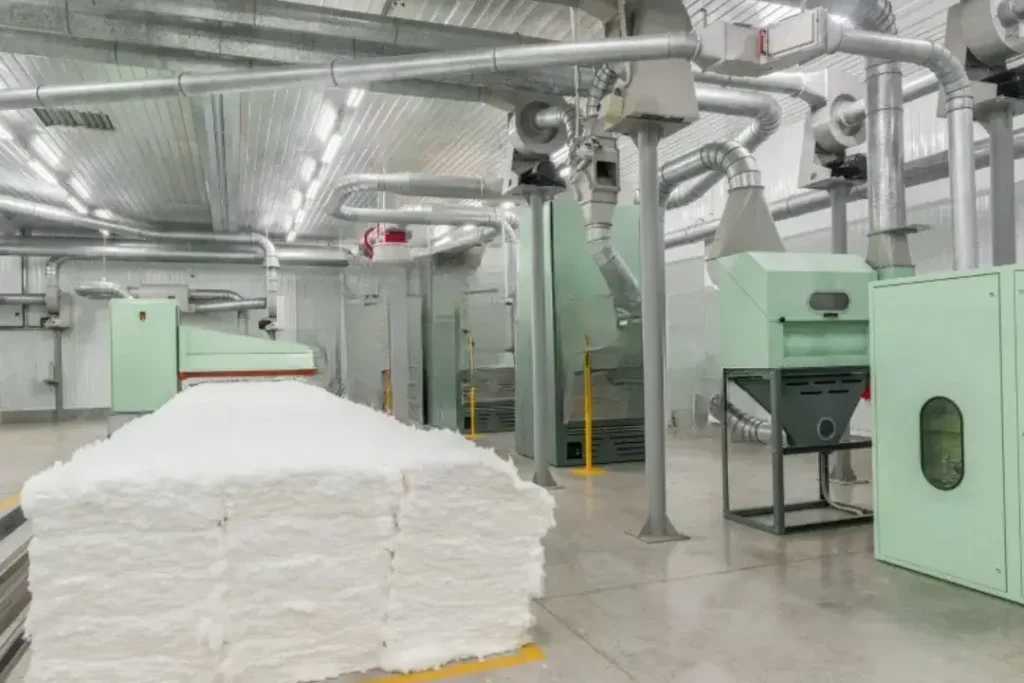
Carding: Aligning the Fibers
Spinning is the conversion of fibers into yarn that is later spun or woven. The production involves the use of precision, the yarn should be of uniform thickness and the required strength. A fabric that has been spun too tight or too loose will not be of much use. Pakistani mills have injected a lot of money into spinning equipment, but the skill of the workers is still essential. Only one error here can spoil the entire fabric. The process of cotton spinning directly decides the lifestyle and the look of the textile; hence, in the process of making fabric in Pakistan, it becomes the most influential stage.
Dyeing Yarn and Preparing for Weaving
Usually, the yarn is colored before the weaving stage, mainly for fabrics with designs such as stripes or checks. Colouring the yarn makes it possible for the hues to penetrate thoroughly; thus, they last longer and keep their brightness. Pakistani mills rely on a mixture of both natural and synthetic dyes for the purpose of dyeing the yarn while determining the needs of each client. After that, the yarn is ready for the application of the finishing agents like the softeners, which are used to enhance the fabric’s performance and comfort; thus, the stage of the weaving is set.
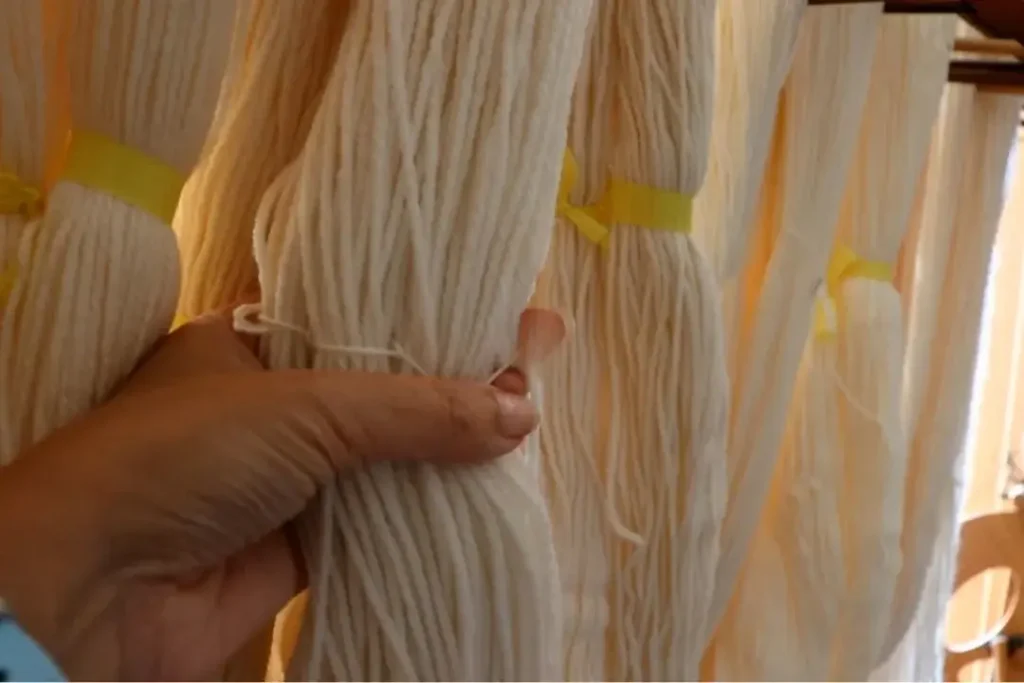
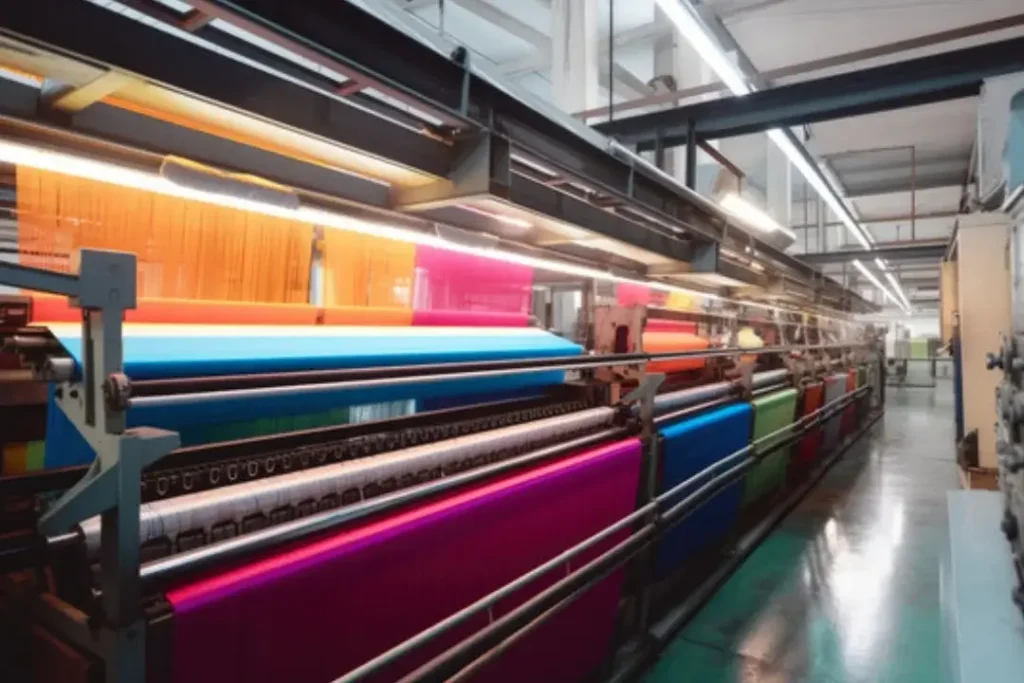
Weaving or Knitting: Creating the Fabric
The yarn is the first choice to be woven or knitted into fabric. Weaving combines the process of inserting one set of yarn between the other set, which is at right angles, whereas knitting fastens the yarn together in loops to form a fabric of stretchable quality. The Pakistani textile industry is a combination of some highly automated modern looms and traditional handlooms. They can manufacture from very light and thin lawn fabrics to heavy denim. This is the stage where the type of fabric, thickness, and durability are decided.
Dyeing and Printing the Fabric
The fabrics might be dyed or printed after weaving. Fabric dyeing makes the material of fabric the same color, whereas printing is used to decorate the fabric with patterns or motifs. Pakistan is especially known for its colorful printed fabrics. The utilization of the technologies ranges from the very old block printing to the current rotary or digital printing. Every single color and every even pattern alignment in each method demands the utmost care of the workers.
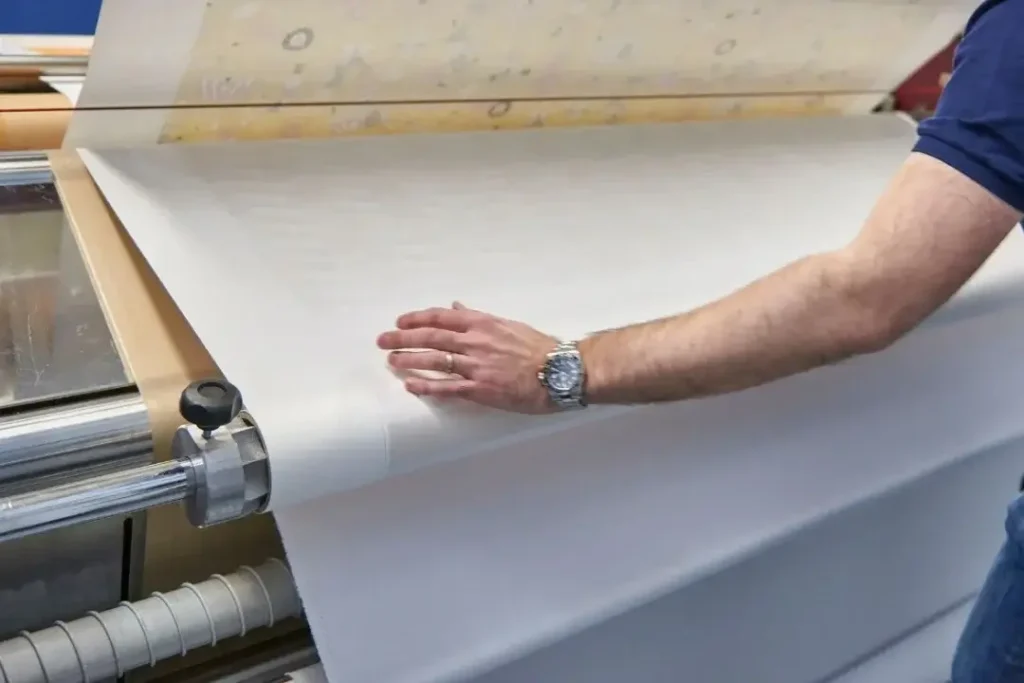
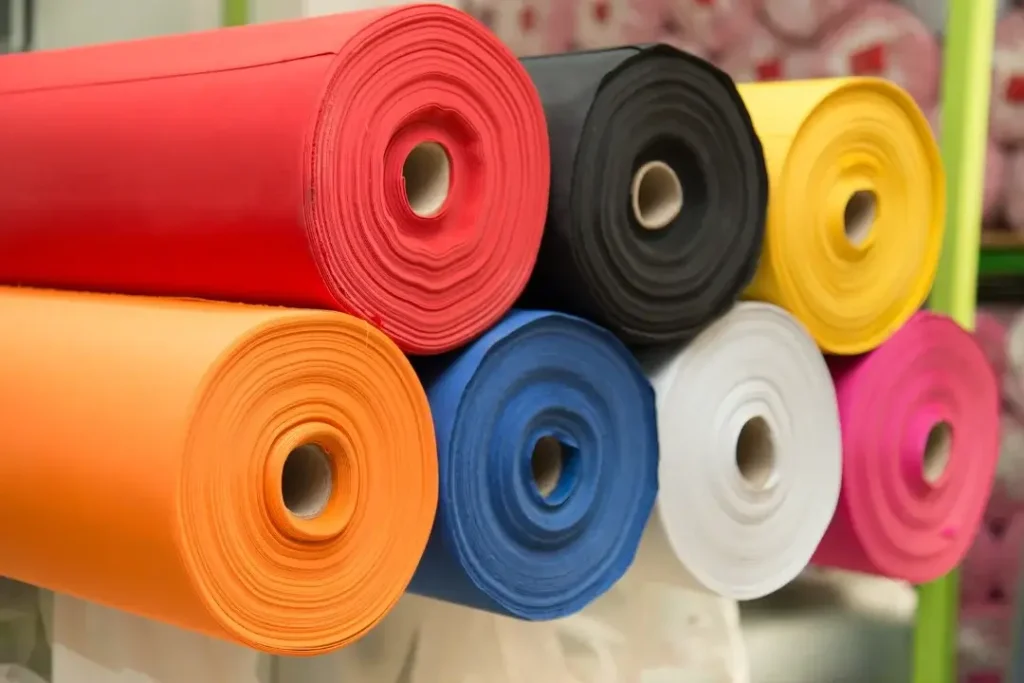
Finishing: The Final Touch
It is at the finishing stage that the fabric shows its best. For example, the processes of mercerization, which contribute brightness and to the fabric s.t. its strength, sanforization, i.e., a method for stopping shrinkage, and softening are the ones that make the fabric beautiful to be touched. Surely enough, fabrics with applied anti-wrinkle or water-resistant properties are also available in the market. The finished product is not only beautiful but also made as well functional, durable, and ready for wearing or home use by finishing.
Quality Control: Making Sure It’s Perfect
Fabric defects, color uniformity, and durability are among the items looked into during every step of the process. Quality is prioritized at Pakistani textile mills, as minor flaws that may cause the final product to be greatly affected invite quality problems. Such thorough quality control is the reason why Pakistani fabrics have the confidence of international brands and designers all over the world.
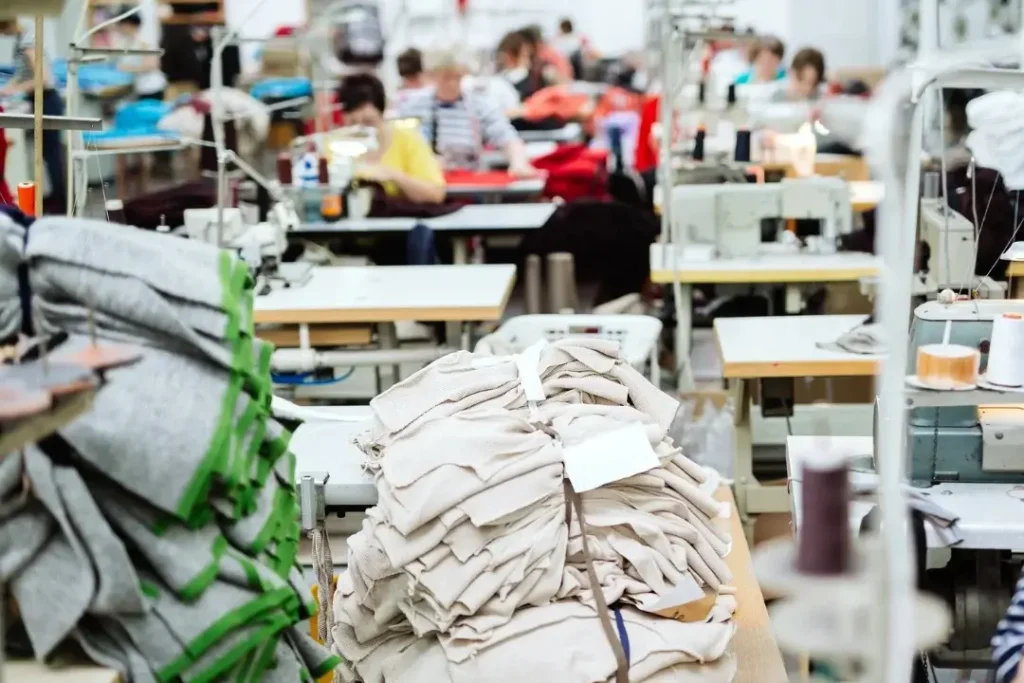
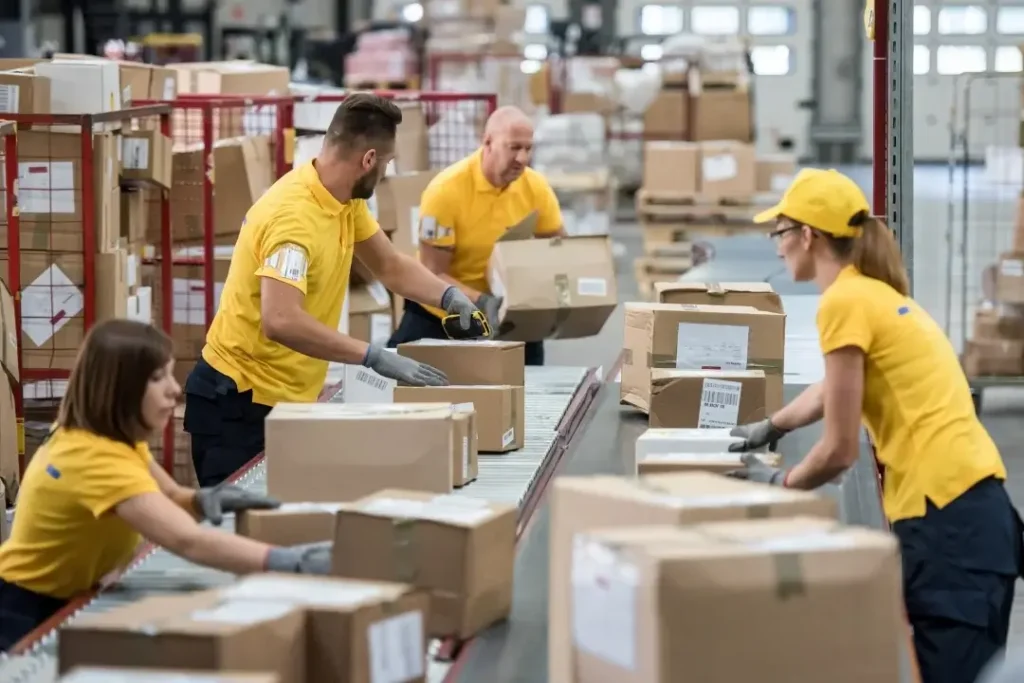
Packaging and Distribution
The product was turned into fabric, which has now been rolled carefully, bundled, and packaged. Due to this, the product is protected during transportation to the stores, designers, or customers, and it is ensured that it is free from any defects when the product arrives takes place. Packaging, as part of the process, is a very important and often underappreciated stage in textile manufacturing in Pakistan.
Why This Knowledge Matters
Understanding how fabric is made in Pakistan is not only fascinating; it is also quite beneficial. It is quite helpful to the buyer as it allows them to make competent choices. For the designer, it gives an understanding of fabrics that are going to perform in such a way. On the other hand, if one is a quality enthusiast, it would make one realize that it takes creativity and effort to make the fabric of good quality.
Pakistan’s textile industry is an affair that goes beyond mere quantities; it is a mix of cultures, skills, and technology. With every stage, the move from cotton picking in the fields to shops with finished goods invokes this kind of resolve.

FAQs About Fabric Making in Pakistan
The duration of making a fabric depends on the type it is. Simple cotton fabrics may be done in only a few days. However, printed or specialty fabrics can take several weeks.
Cotton is leading as a result of local production. Silk, wool, and synthetic fibers like polyester are also considered based on the fabric type.
Yes. Among the necessary characteristics of cotton fabrics made in Pakistan are their softness, durability, and color retention, which makes them go far in the world.
Yes. A couple of mills have the production of organic cotton fabrics along with the use of natural dyes and the adoption of sustainable practices.
Of course. The majority of mills are able to provide their customers with the services of custom dyeing, printing, and finishing in order to satisfy the specific needs of a client.
